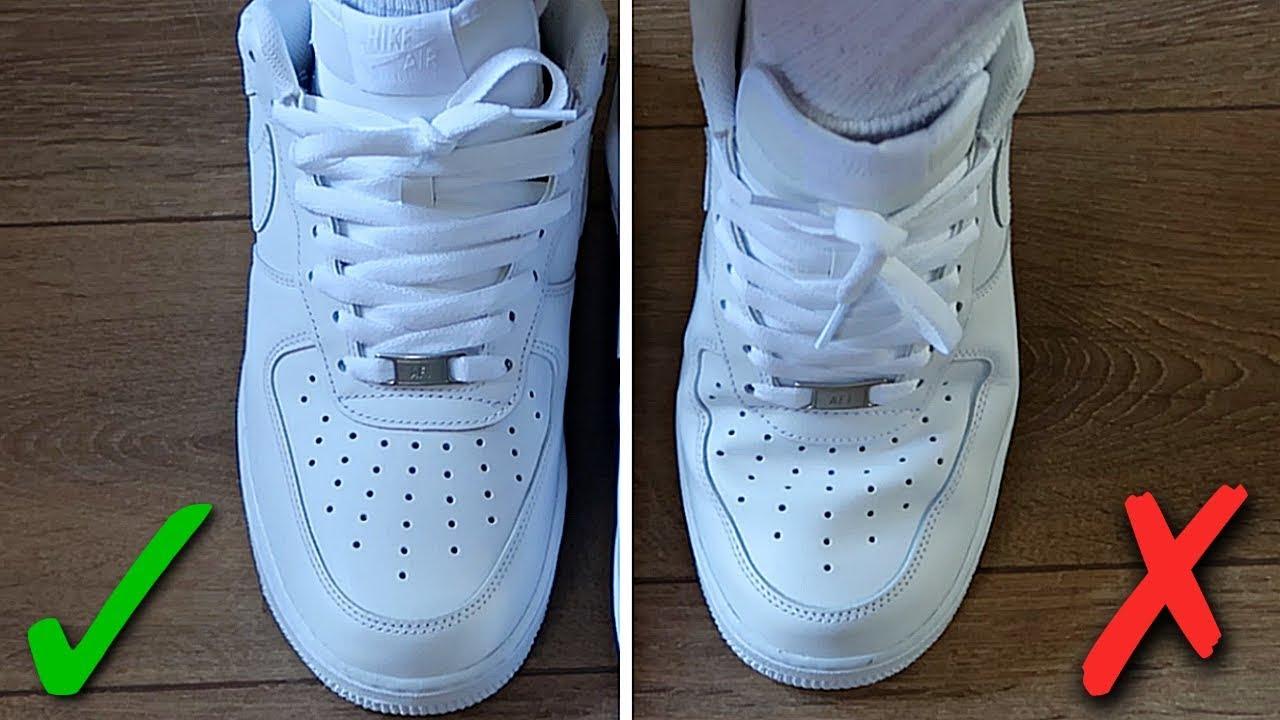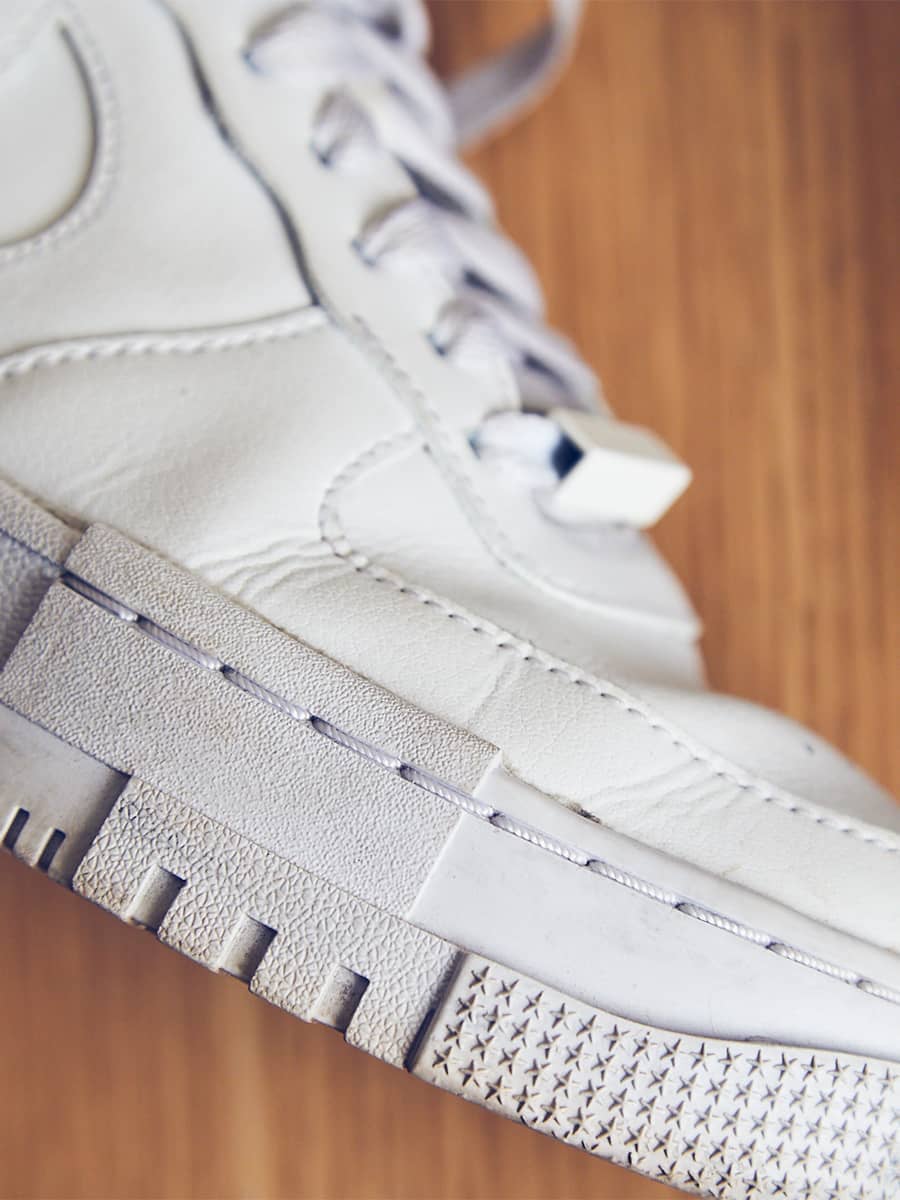For shoe enthusiasts, the appearance and condition of footwear are paramount. One of the most common concerns among sneakerheads and casual shoe wearers alike is the topic of creasing. But what does it mean to crease shoes, and why does it matter? In this comprehensive guide, we will explore the ins and outs of shoe creasing, its implications on aesthetics and durability, and how to manage it effectively.
Understanding Shoe Creasing
Shoe creasing refers to the wrinkles and folds that form on the material of shoes, particularly on the toe box and along the vamp. This phenomenon is primarily caused by the natural flexing of the shoe as it is worn. Various factors, including the shoe’s materials, structure, and fit, play a role in how much creasing occurs.
Why Do Shoes Crease?
As you walk, your feet bend and flex, which puts pressure on the upper part of the shoe. Over time, this repetitive motion causes the material—whether it’s leather, canvas, or synthetic—to lose its elasticity and develop creases. The extent of this creasing can vary greatly depending on:
- Material: Leather is more prone to creasing than synthetic materials, particularly if not properly cared for.
- Fit: Poor fitting shoes can lead to excessive creasing, as tightness forces the material to bend more than intended.
- Usage: Regular wear, especially in non-supportive shoes, can accelerate the creasing process.
- Environmental Factors: Humidity and temperature can also impact how quickly a shoe creases.
Common Types of Shoe Creasing
Shoe creasing can be categorized into several types, depending on its location and severity:
- Toe Box Creasing: The most common type, seen at the front of the shoe.
- Vamp Creasing: Occurs along the top part of the shoe, where tension is greatest.
- Lateral Creasing: More pronounced in low-cut shoes or sneakers, often found towards the side.
- Excessive Creasing: When creases deepen and lead to cracks, often indicative of poor maintenance.
Effects of Creasing on Shoes
While creasing is a natural aspect of wearing shoes, it can have several implications:

Aesthetic Impact
Creased shoes can appear worn and less visually appealing. For those who invest in high-end footwear, like many sneaker enthusiasts in the U.S., maintaining an immaculate look is crucial. Brands like Nike, Adidas, and Jordan have created a culture where the condition of the shoe often impacts its resale value.
Durability Concerns
While creasing itself isn’t immediately damaging, excessive creasing can lead to material fatigue. This can eventually cause cracks and deterioration, especially in leather shoes. Thus, while some creasing is expected, it pays to keep it under control.

Preventing Shoe Creasing
Preventing creasing involves proper care and consideration when purchasing footwear. Below are several effective tips:
Choosing the Right Shoe Size
The most critical factor in preventing creasing starts with selecting the right size. Shoes that fit too snugly will crease more rapidly. Always measure your feet and try shoes on to ensure a comfortable fit before purchasing.

Material Matters
When choosing shoes, consider the material. Some materials are more resistant to creasing. For example, synthetic sneakers may crease less than genuine leather shoes. Understanding the expected lifespan and wear characteristics of various materials can inform better purchasing decisions.
Comparison Table: Material vs. Creasing
| Material | Crease Resistance | Durability | Maintenance Effort |
|---|---|---|---|
| Leather | Moderate | High | High |
| Synthetic | Low | Low to Moderate | Low |
| Canvas | Moderate | Medium | Medium |

Use Shoe Trees
Investing in shoe trees is a simple yet effective way to maintain your shoes’ shape and minimize creasing. These tools help absorb moisture and provide support to the shoe’s structure, thereby reducing the chances of wrinkles forming.
Rotate Your Footwear
Frequent wear of the same pair of shoes can lead to accelerated creasing. By rotating your footwear, you allow each pair to rest and recover, which significantly reduces wear and tear.

Managing Creased Shoes
If your shoes have already creased, don’t worry. There are several methods to help manage and address creasing.
Cleaning and Conditioning
A good cleaning regimen can help maintain your shoes’ integrity. For leather shoes, use a specialized cleaner and conditioner to keep the material supple and reduce the appearance of creases.

Use of Heat and Steam
Applying controlled heat can help to reshape creased shoes. A shoe stretcher or even a hairdryer on a low setting can help soften the material and reduce creasing. However, exercise caution to avoid damaging the shoe.
Professional Restoration Services
If your shoes are heavily creased or damaged, consider seeking professional restoration. Many in the U.S. turn to reputable shoe repair shops that specialize in high-end footwear to restore their prized possessions. This investment can be worth it for maintaining a collection of luxury shoes.

Real-World Footwear Experiences
Case Study: The Nike Air Force 1
One of the most iconic sneaker models, the Nike Air Force 1, is often noted for creasing concerns, particularly as it ages. Many enthusiasts report that creasing occurs within the first few wears, especially if the shoe is used for athletic purposes. Common community advice includes using sneaker shields and regularly conditioning the leather to mitigate this issue.
Case Study: Adidas Stan Smith
The Adidas Stan Smith is another classic that faces creasing challenges. Many wearers suggest that opting for a half-size up can reduce toe box creasing, given the shoe’s snug fit. Additionally, users often highlight the importance of routine maintenance and the use of protective sprays to combat grime and moisture.
Pros and Cons of Creased Shoes
Pros
- Natural Wear: Some degree of creasing is inevitable and can indicate that the shoes are being used as intended.
- Character: Light creasing can add character to shoes, especially for those who appreciate a vintage aesthetic.
Cons
- Aesthetics: Creased shoes may look worn and less appealing, especially in a fashionable context.
- Durability: Excessive creasing can lead to cracks and increased wear, potentially shortening the shoe’s lifespan.
Conclusion: The Balance Between Comfort and Aesthetics
Understanding what it means to crease shoes is crucial for footwear enthusiasts and professionals in the U.S. market. While creasing is a natural part of shoe wear, proactive measures can help mitigate its visual impact and prolong the life of your shoes. Whether you’re a sneakerhead or a casual wearer, considering the material, maintaining your shoes properly, and rotating your footwear can lead to a more enjoyable wearing experience.
FAQs About Shoe Creasing
1. Can I prevent all creasing in shoes?
While you can minimize creasing with proper care, some degree of creasing is inevitable due to the natural movement of the foot.
2. Does creasing affect the resale value of shoes?
Yes, for collectors and enthusiasts, excessive creasing can significantly lower the resale value of shoes, especially limited editions.
3. Are there specific shoe brands that resist creasing better?
Brands like Onitsuka Tiger and New Balance are often noted for their robust materials, which can be less prone to creasing compared to others.
4. When should I consider professional cleaning for creased shoes?
Consider professional cleaning if your shoes exhibit deep creases and stubborn stains that regular cleaning cannot address.
5. Does wearing socks help minimize creasing?
Wearing thicker socks can cushion your feet and help reduce the amount of flex and pressure placed on the shoe’s material, potentially minimizing creasing.
6. How often should I condition my leather shoes?
It’s recommended to condition leather shoes every 4 to 6 months, or more often if they see regular wear.
7. Can I iron out wrinkles in my shoes?
While you can use heat to help manage creasing, avoid direct contact with an iron. Instead, use a shoe stretcher or apply gentle heat to soften the material.
8. Are sneaker shields effective for preventing creasing?
Yes, sneaker shields can be effective in minimizing creasing, especially in popular sneaker models used for sports and daily wear.
9. Is it worth investing in expensive shoes to avoid creasing?
Higher-end shoes often use better materials and craftsmanship, which can result in less creasing, but it ultimately depends on individual preferences and usage.
10. How do weather conditions affect shoe creasing?
High humidity can cause materials to soften, leading to more significant creasing, while extreme dryness can lead to cracking, making regular care essential.
11. What should I do if my shoes are excessively creased?
If your shoes are significantly creased, try using shoe trees and conditioning first. If that doesn’t help, seek professional restoration services.
If you’re interested in learning more about shoe care, consider visiting Shoe Care for expert insights and products.